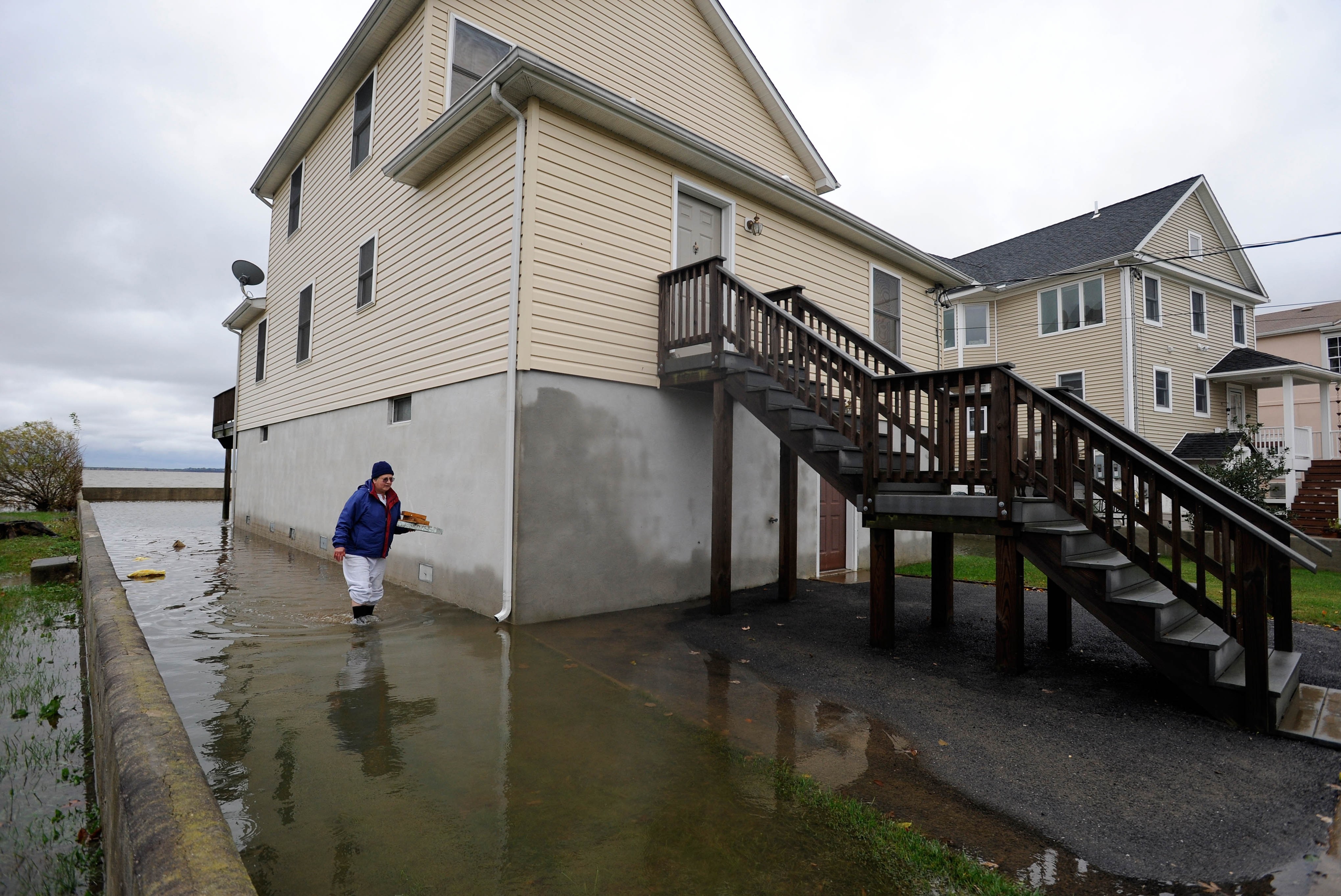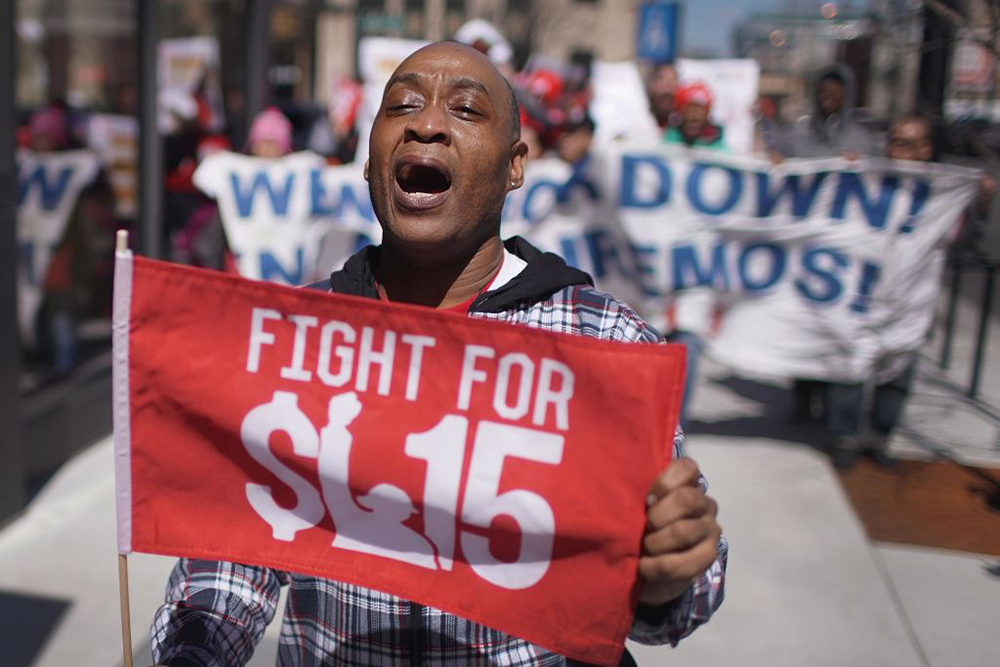The arrival of the hot, heavy days of August means that, in many places, it’s time to think about back-to-school shopping. And thanks to the confluence of shrinking school budgets and the integration of more gadgets and gizmos into classrooms, the total that parents shell out to equip their kids is big and growing. The average household is expected to spend more than $500 this year on back-to-school supplies, an increase of several hundred dollars over the amount spent just a few years ago.
In an attempt to to give parents, particularly those with little disposable income, a break from those big numbers, many states in the coming weeks will turn to an old tax policy standby: sales tax holidays.
In 2019, 16 states have sales tax holidays planned, on which sales tax is waived or cut for a select group of items, most often back-to-school supplies or disaster preparedness goods ahead of hurricane season. The vast majority of them fall on either the last week of July or in early August.
Get Talk Poverty In Your Inbox
The first such holiday took place in New York in January 1997, as a response to the fact that New Jersey levies no sales tax on clothing. Florida implemented a sales tax holiday the following year, and then Texas did the same the year after that. From there, their popularity grew significantly: 2010 was the peak year, with 19 states implementing some version of a holiday.
Today, these holidays are often promoted as providing a specific benefit to “hardworking” families and low-income people by lowering the cost of goods that have been deemed necessities. And as a bonus, local small businesses that have been hurt by the rise of internet commerce will theoretically see a jump in shoppers too.
But once you get past the self-congratulatory pablum of the lawmakers hyping these holidays, you see that they are much less beneficial for low-income folks than they appear.
The theory behind sales tax holidays is simple: Because the sales tax applies to everyone equally, and because low-income people spend most of their income, a suspension of the sales tax helps them more than it will a household that saves a large percentage of its income. Indeed, most states have tax systems that take more from the poor than the rich, with sales taxes largely to blame.
However, a sales tax holiday does little to change that equation for a simple reason: People with less money don’t have the ability to plop a whole bunch of it down in a store when a sales tax holiday comes along. When 40 percent of households can’t even access $400 in an emergency, it’s simply not an option to spend big sums in order to take advantage of a tax gimmick. This is the same reason that low-income families can’t just buy in bulk in order to save money on household goods: They don’t have the cash to fund larger purchases, even if it would be a cheaper approach in the long run.
Richer households, though, can do just that.
Per a 2010 study by the Chicago Federal Reserve, households with incomes under $30,000 and single-parent households derive essentially no benefit whatsoever from sales tax holidays. Instead, “the wealthiest households and households consisting of married parents and young children have the largest, statistically significant response.”
Sales tax holidays may even wind up hurting the poorest residents of a state because, to make up the lost revenue, governments wind up setting the usual sales tax rate higher than it would otherwise have been. And there’s some evidence that retailers game the tax holiday system too, marking up their products in the days before the holiday and then pocketing the difference when the sales tax is removed.
But the biggest problem is that a policy aimed at giving people a break ends up undermining the sort of programs and services that would actually help those same people far more. Altogether, according to the Institute on Taxation and Economic Policy (ITEP), states will lose more than $300 million in revenue this year due to sales tax holidays. And ITEP expects that total to increase as internet shopping becomes more prevalent in the coming years, because currently nearly every sales tax holiday applies to online purchases.
That’s $300 million that won’t be spent on health care, job placement, affordable housing programs, or schools. Money that could be spent on direct services is instead plowed into a bank shot tax break that can’t possibly help low-income people more than a direct infusion of cash or more social services would. Several states implementing tax holidays for back to school season – including Texas, Oklahoma, and Alabama – still spend less per student than they did before the Great Recession. Instead of sustained investments in the classroom or tax credits aimed specifically at them, low-income parents in those states receive a gimmick.
It’s not the case, of course, that there is no benefit to anyone from these tax holidays. But the cost is not in any way justified by the help provided. Putting more money into schools so parents don’t have to pony up for hundreds of dollars worth of school supplies would do more good over the long term than trying to boost pencil sales over one weekend ever will.











